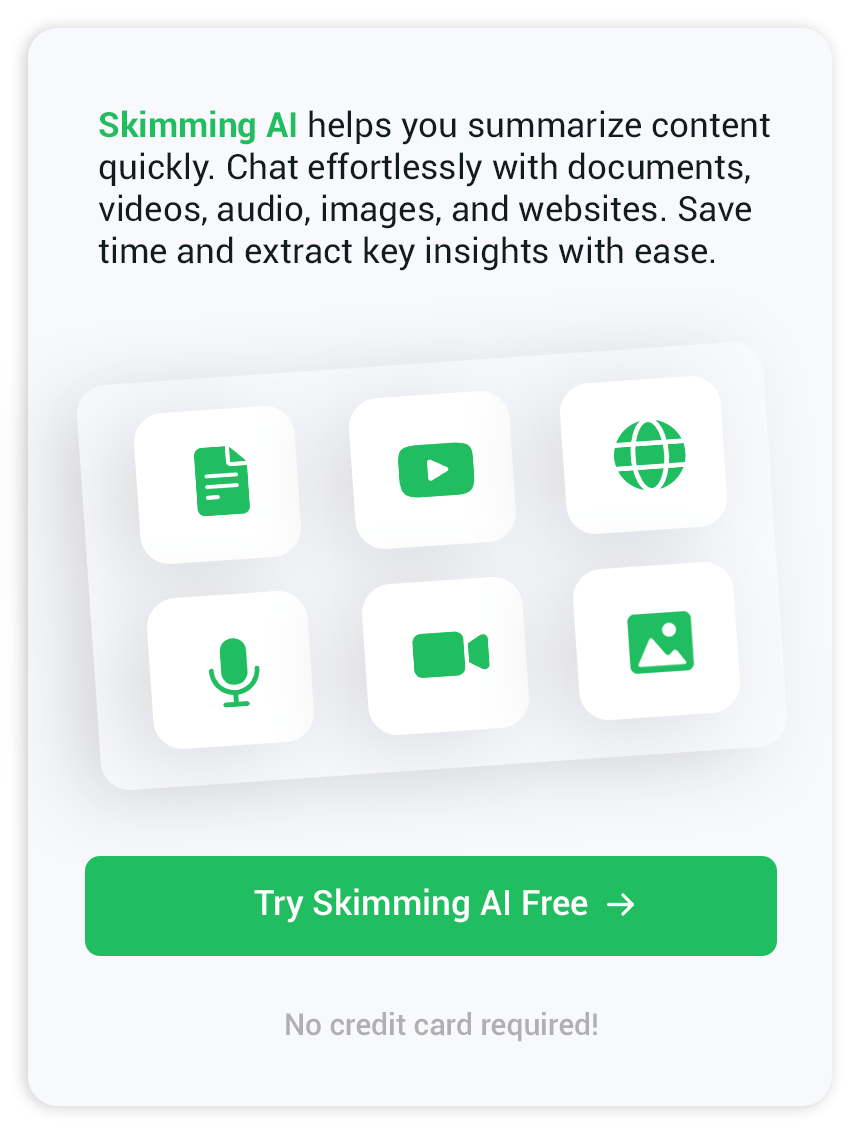Ask AI Chatbot Questions That Deliver Results
AI chatbots have moved far beyond novelty. They can draft essays, solve coding errors, and brainstorm marketing copy, all in the same conversation. The secret to getting dependable answers is simple: focus on how you ask AI chatbot questions.
Why People Ask AI Chatbots
Instant answers round the clock
Chatbots respond in seconds, giving you on-demand insights when a teammate or tutor is asleep. They can explain calculus at 3 a.m. or outline a press release during a layover.
Custom guidance
Modern conversational AI models adapt to your wording, prior context, and even preferred tone, so an inquiry that reflects your goals returns a response you can use immediately.
Crafting Effective Questions
Be specific but concise.
A concrete prompt such as "Summarize the latest SEC filing for Tesla in under 150 words" is clearer than "Tell me about Tesla." State one task, any format limits, and the audience.
Provide context
Include relevant background: the project's purpose, the target reader, and any data points already known. Context narrows the response and saves editing time.
Use follow-up
Treat the exchange as a dialogue. Ask clarifying follow-ups or request rewrites. Iteration helps the model zero in on nuance that a single prompt may miss.
Common Pitfalls When You Ask an AI Chatbot
Overly broad queries
General prompts like "Give me useful ideas" leave the model guessing. Refine the domain or scenario to steer it toward the content you need.
Sensitive personal data
Never share anything confidential. A well-designed chatbot deletes or anonymizes inputs, yet it is still best practice to redact private or proprietary information.
Example Prompts That Work
- Research brief: "List three peer-reviewed studies on intermittent fasting published after 2022, with one-sentence findings."
- Competitive insight: "Compare the iPhone 15 Pro to the Samsung Galaxy S25 for mobile photographers."
- Learning shortcut: "Explain linear regression to a ninth-grader using a sports example."
- Code review: "Identify edge-case bugs in this Python function that parses JSON, then suggest fixes."
- Creative spark: "Write a five-line haiku-style poem about morning coffee, using internal rhyme."
Handy Helper Tools for Better Prompts
Text, video, or PDF research can overwhelm any writer. Instead of pasting a full transcript, run it through the Skimming AI to distill the main points first, then feed a concise excerpt to your chatbot. This keeps the model inside token limits and boosts relevance.
Choosing the Right AI Chatbot
Cost, privacy, accuracy
Evaluate subscription tiers, how each service secures data, and what knowledge sources the model taps. Some tools rely only on public text, while others connect to real-time web results or your company's knowledge base.
Domain specialization
General-purpose chatbots excel at everyday tasks, yet finance, legal, or medical work benefits from platforms audited by domain experts. Verify certification and disclaimer language before deploying answers in production.
Future Trends in Asking an AI Chatbot
Voice interfaces are merging with large language models, so the question "ask AI chatbot" will soon mean conversing hands-free through earbuds. Multimodal input—images, charts, even tactile feedback—will allow richer context, shrinking the gap between human intent and machine output.
AI feedback loops are improving, too. Models can now self-critique, offering alternative viewpoints when prompted with "challenge your answer." Expect this to become a standard button in mainstream chat apps.
Final Thoughts
When you ask AI chatbot tools thoughtfully, they feel less like machines and more like sharp collaborators. Start with a clear goal, add context, refine through follow-ups, and leverage helpers such as Skimming AI to trim source material. Try one of the sample prompts above and see how a well-posed question can transform your next project.


